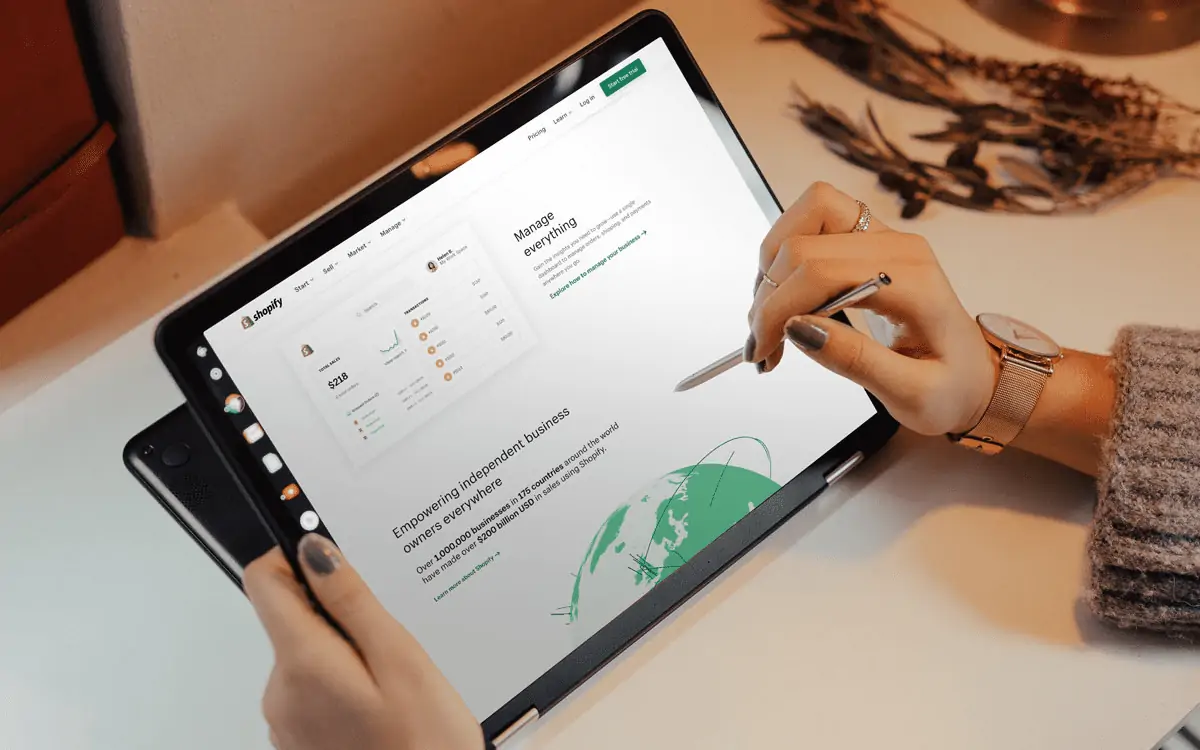Between continued supply chain woes, inflated prices, and lengthy shipping delays, eCommerce brands have had a rough couple of years. With so much uncertainty, getting a firm understanding of both your financial statements and your inventory items is one element you can control. And it is crucial for your company’s financial health and cash flow.
In this post, we’re diving into inventory accounting best practices, including inventory tracking, inventory bookkeeping and the key concepts you should know.
Article Contents
What costs should you account for in inventory accounting?
Here are a few of the key inventory terms and metrics you’ll should know:
Inventory
Your inventory purchases refers to all the materials and goods you store with the intention of selling. Inventory may consist of multiple components like merchandise, raw materials, goods, supplies, and obsolete inventory.
Many eCommerce entrepreneurs view inventory as a business asset. This isn’t always the case. That’s because inventory that just sits on your shelves isn’t turning a profit, and the material and overhead costs can add up quickly and become a liability on your company’s balance sheet.
Keeping and processing inventory can be expensive, particularly in the case of inventory shrinkage, where your business has less inventory on hand than what’s recorded in your books. This may be due to fraud, damage, spoiled product, or refunds.
Unsold inventory
No matter how careful you are with your inventory management, you’re bound to run into unsold inventory or inventory depreciation issues at some point.
If you have unsold physical inventory that’s lost its value and is no longer worth selling, then you can potentially write it off as loss of inventory. For instance, say the product is consumable and was contaminated in manufacturing or simply expired in your warehouse. The loss will need to be recorded in both your balance sheet and income statement.
Cost of Sales
Your cost of sales captures all of the expenses a brand incurs to source a product and resell it.
By subtracting cost of sales from your sales revenue, you’ll be able to determine your gross profit. These are funds that remain for you to fuel your business spend on things like advertising, wages and team costs, operating expenses and hopefully save a bit for bottom line profit.
The various components of cost of sales include (We’ll cover this in detail later in the article):
- COGS
- Landed costs
- Shipping fees
- Packaging
- Fulfillment costs
- Storage
- Merchant processing
- Platform fees
COGS
The simplest formula for determining your cost of goods sold (i.e. COGS) for each SKU is this:
Cost of goods sold (COGS) = Units sold x landed costs
There are a lot of misconceptions around COGS calculations.
While the formula appears simplistic, the effort involved in capturing sales and recording them appropriately with the matching costs is quite intensive. As you launch and introduce new products to the market, this effort intensifies and only becomes more cumbersome. This is not a one-time exercise, these costs are assumptions based on known factors and changes, such as increased freight, will occur over time that may impact the accuracy of their landed costs figures. These assumptions need to be monitored and landed costs adjusted accordingly from time to time as fluctuations mount.
Landed costs
Some people mistake COGS for landed costs, but the two aren’t exactly the same. COGS is simply an expense category in your income statement.
Landed costs refer to every expense or cost from the start of creating or purchasing your product to when it hits your fulfillment center.
It includes the price of goods, freight in costs, insurance fees, customs duties, taxes and any other charges incurred along the way.)
Shipping fees
Inbound shipping fees (“freight or freight in) are considered part of an item cost and will be included as part of your landed costs. However, outbound shipping or postage fees incurred from shipping products to customers are considered an expense. You would not include it with your landed costs.
Packaging
Don’t forget the costs of packaging in your inventory accounting records. If the packaging or container is a part of the manufactured product, then you should include your packaging as part of your inventory costs.
For example, if you sell cereal, then the box the cereal comes in would be part of an inventory cost. But if you’re packaging the goods to ship, then the packaging would be part of your shipping costs to your customers or retailers. With the cereal box example, the larger box that the cereal boxes are placed in for shipping would not be an inventory cost but a shipping cost instead.
Fulfillment and storage costs
You also have warehouse storage fees and/or pick and pack fulfillment fees related to your order.
Merchant Processing – Paypal, Stripe, BNPL
There is also eCommerce platform and marketplace fees, through Shopify, Amazon FBA, etc., as well as credit card processing fees, such as Stripe, Paypal, buy now pay later merchants, like Afterpay and Klarna, etc.
How inventory management software makes this process easier
As you can see, there’s a lot to factor into inventory accounting. It’s easy to make mistakes. This is where inventory management software, like DEAR, comes in handy.
Here are some of the top benefits to consider if you decide to utilize software for inventory management:
- Gain more clarity and visibility around how much inventory you are moving across all of your different sales channels (i.e. inventory cycle or inventory movement) and how much remains on hand across your fulfillment centers
- Increase working capital and get out of a cash crunch since you’ll always know how much sales and inventory you have at any given time
- Make it easier to do effective inventory planning during seasonal spikes
- Establish more efficient inventory management practices
- Create a better customer experience by fulfilling orders quicker
Related Reading: A Detailed Guide to TradeGecko Alternatives
Diving into Bean Ninjas Inventory Accounting Method
From cost of sales inventory to periodic inventory, there are a variety of inventory accounting methods to choose from. However, for this guide, we’re sharing our inventory accounting process when working with sellers.
Within an eCommerce brand’s inventory management software, like DEAR, we look at and account for inventory on the balance sheet at the following times:
- Order Placed with Supplier via Purchase Order
- Goods Shipped
- Goods Received – This also reflects Stock at Cost – incl. Freight, Customs, etc
- Goods Stored – Keep an eye on long-term storage fees, especially if you are an FBA seller.
- Goods Sold – Expense recognized as Cost of Goods Sold on Income Statement/Profit and Loss (PnL)
There’s a lot that goes into inventory accounting for eCommerce businesses. If you are selling more than a quarter-million dollars (or pounds) each year, a great first step is to use inventory management software.
When in doubt, contact a specialized eCommerce accounting firm, like Bean Ninjas, to guide you through the process.
Hiring a CPA for your eCommerce business is a big step in the right direction for your business’s growth and finances. Be sure to take the time now to find the right fit for your eCommerce business.





